By Raymond Douglas Chong, AsAmNews Staff Writer
A few miles from Monterey Bay on the Central Coast of California, Watsonville is the heart of Pajaro Valley, a lush farmland. But for five days in 1930, Watsonville was engulfed by an Anti-Filipino Race Riot.
Roy Recio, son a Filipino farmworker, will present a webinar, on Saturday, January 23, 2021: Watsonville Talk Story: 1930 Anti-Filipino Watsonville Race Riots.
Please join this community Talk Story presentation and discussion to learn about the events and neglected history of the 1930 Anti-Filipino Watsonville Race Riots, which took place from January 19 to January 24. This year will mark the 91st anniversary of this fateful event where White mobs terrorized Filipino immigrants on the Central Coast. You can register here for this free event.
Background
LATEST STORIES
The Immigration Acts of 1917 and 1924 allowed Filipinos to fill farm labor positions for two decades. They endured harsh working conditions while cultivating and harvesting asparagus, celery, and lettuce in the valleys of California.

Filipino farm workers frequented pool halls or attended street fairs. They sought the companionship of women outside their own ethnic community, since immigration laws restricted Filipinas. They danced with White women at taxi dance halls. It aggravated growing racial tension among Whites. They decried the takeover of farm jobs and companionship of young White women by Filipino men.
Race Riot
From January 19 to January 23, 1930, the most explosive anti-Filipino riot occurred in Watsonville in Pajaro Valley.
On January 19, early dawn, a white mob attempted to “rescue” the White ladies and to burn down a taxi dance hall. Mobs relentlessly harassed Filipinos at downtown and on ranches and farms. Hunting parties violently dragged Filipinos from their homes and savagely beat them on streets and fields.
The Race Riot reached its climax on the evening of January 23. White rioters shot at a bunkhouse in Murphy Ranch. A bullet struck and killed 22-year-old Fermin Tobera.
The Sheriff arrested a few White rioters. But none were charged with Tobera’s murder .
Aftermath
Anti-Filipino riots quickly spread throughout California to the cities of Stockton, San Francisco, Salinas, and San Jose. Anti-Filipino vigilante groups committed acts of violence. The Whites believed that Filipino field laborers mixed with White women, depressed wages in the harvest fields, and took jobs belonging to Americans. Filipino immigration to work on the farms plummeted, replaced by Mexicans.
In 1933, the California Legislature amended its anti-miscegenation law to cause any marriage of Whites with “negroes, Mongolians, members of the Malay race, or mulattoes to be illegal and void.”
In 1934, the United States Congress passed the Tydings-McDuffie Act -Philippine Independence Act. The Act recognized the Philippine Islands as an independent country. But it also limited Filipino immigration, as aliens, to the United States to 50 persons per year.
In 1935, the United States Congress passed the Filipino Repatriation Act, which encouraged Filipinos to voluntarily return to the Philippines.
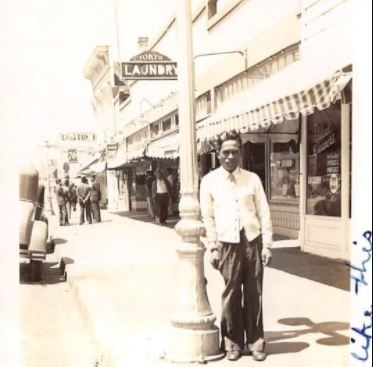
Approved by Governor Jerry Brown, on September 28, 2011, the California Legislature apologized:
Resolved, That the Legislature, on behalf of the people of the state, apologizes to Filipino Americans for violations of civil liberties and constitutional rights caused by ant-miscegenation laws that prohibited marriage between Filipinos and Caucasians; and be it further
Resolved, That the Legislature, on behalf of the people of the state, expresses its regret for the suffering and hardship those individuals and their families endured as a direct result of governmental actions taken because of the state’s various policies and laws that it had enacted; …
On November 10, 2020, Watsonville City Council issued an official proclamation as an apology.
A RESOLUTION OF THE CITY COUNCIL OF THE CITY OF WATSONVILLE FORMALLY APOLOGIZING FOR THE ACTIONS BY THE CITY’S RESIDENTS AGAINST THE FILIPINOS IN WATSONVILLE, PARTICULARLY IN THE 1920S AND 1930S …
Roy Recio, son of Dioscoro Roy Recio, Sr., a farmworker at Watsonville in 1930,is an advocate for the Tobera Project at Watsonville.
The exhibit, “Watsonville is in the Heart,” depicts first-hand family histories of the early Filipino immigrants who came to the Pajaro Valley in the 1920’s and 1930’s. The exhibit features vintage photos, articles, artifacts, local history and moving poetry.
Interview
RAYMOND CHONG: Why is not 1930 Watsonville Anti-Filipino Race Riot widely known?
ROY RECIO: Because the people of powers that control the narrative do not want to shed light on the atrocities and impact of the dominant society’s behavior. It is much easier to sweep these instances of history under the rug rather than expose the hegemony of the system.
RAYMOND CHONG: Why did Filipinos migrate to Watsonville?
ROY RECIO: The Pajaro Valley is one of the most fertile and productive agricultural regions in the world. As the country was expanding, they needed food products, thusly the call for immigrant labor was heard by Filipinos who were recruited by Americans after the Spanish-American War when The Philippines was declared a colony of the US. Missionaries came to the Philippines to recruit Filipinos under the guise of the “American Dream.”
RAYMOND CHONG: After the Race Riot, what were the impact on Filipinos?
ROY RECIO: After the Race Riots, the US enacted the 1934 Tydings-McDuffy Act which served to close off immigration from the Philippines. Due to concerns of “Yellow Peril,” Americans became weary of Filipinos stealing their jobs and women before and after the Race Riots.
RAYMOND CHONG: Have racial and economic conditions improved for Filipinos in Watsonville?
ROY RECIO: We have become assimilated and white-washed to believe in Betsy Ross and George Washington, but we have failed to link our own history into the weaving and building of the American fabric. It is up to us to preserve, honor and celebrate our history. Nobody is going to do it, but ourselves.
RAYMOND CHONG: Tell your family history.
ROY RECIO: My father, Dioscoro Roy Recio, Sr., came to the US in 1928. He had ten brothers and sisters and was the only one who came. He got married at 14 and had two daughters. During the birth of his second daughter, his wife died. His father and mother encouraged him to go to America. He worked in many secondary labor force jobs; washing dishes, canneries in Alaska, but mostly working in the agricultural fields mostly as an irrigator. He would travel around and follow the crops up and down the West Coast.
On my Mother’s , Sally Ann Dalisay, side, my grandfather came to America in the 1920’s and married a White lady, who was a dust-bowl settler from Kansas. They had to get married in New Mexico as the state would not allow mixed-race marriages. They lived in Fresno and Salinas. They could not be seen walking in public together. My grandfather was a labor contractor and they had five children, one of whom was my mother. My grandfather died in a car accident when my mother was in high school.
RAYMOND CHONG: What drove you to do the Tobera Project?
ROY RECIO: My mom died two years-ago and I felt it was my responsibility to do something to honor both my parents. I collaborated with like-minded children of the Manong (elderly) generation, like myself who felt the same way. The term in Tagalog is “Utung Na Loob” which translates to; paying a debt of gratitude.
RAYMOND CHONG: Tell us about the Tobera Project and Watsonville is in the Heart?

ROY RECIO: The Tobera Project is name for the umbrella endeavor because it pays homage to Fermin Tobera who was killed in the 1930 Anti-Filipino Race Riots. I want to make sure his name lives on. Filipinos were told to go home and were not wanted at the time. Now, we are three, four and five generations deep steeped in history, culture, and pride in America.
The “Watsonville is in the Heart” project has a couple components; a calendar project that is a collection of family history to highlight and raise awareness of the Filipino family histories on the Central Coast. It is complete with family photos and histories. We also have a “Watsonville is in the Heart” exhibit currently on lockdown at the Watsonville Public library due to the pandemic. The exhibit features vintage photos, family histories, articles, artifacts and moving poetry.
RAYMOND CHONG: What is the meaning of the recent apology by Watsonville City Council?
ROY RECIO: Their apology is a step in the right direction. Ultimately, we would want something more substantial in the form of a school name, street name, mural or plaque or statue to be erected in the city’s main plaza. We would like to have a historical site designation.
RAYMOND CHONG: What is vision of Tobera Project?
The big picture goal of the project is to develop a professional website, create a platform to establish and institute an oral archive and create a traveling exhibit once the pandemic subsides.
RAYMOND CHONG: What is your advice to the next generation?
ROY RECIO: Embrace your heritage and realize your family history is just as important as anyone else. You are the leader that you are waiting for.
Close
Roy Recio poignantly closes:
Despite struggle, sacrifice and hardship the unwavering and proud spirit of the Filipino community of the Pajaro Valley serves as a testament of hard work and perseverance that is implanted in the American fabric.
AsAmNews has Asian America in its heart. We’re an all-volunteer effort of dedicated staff and interns. Check out our new Instagram account. Go to our Twitter feed and Facebook page for more content. Please consider interning, joining our staff, or making a financial contribution to support us.




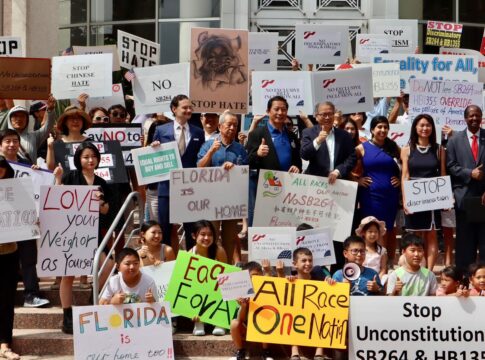


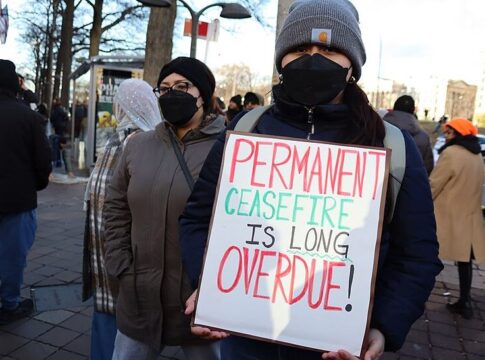
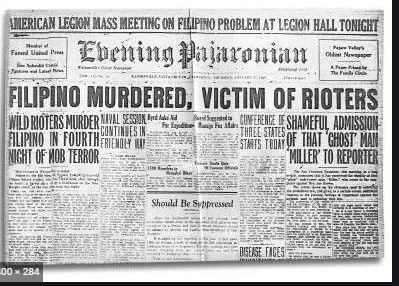
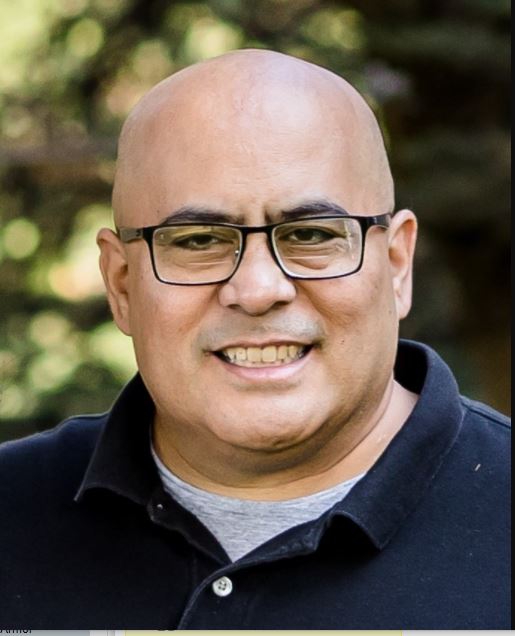


I couldn’t get the link to register for the Talk Story to work in the body of the text where it says, “You can register here.”
Is there somewhere else to register?
We just checked the link, and it appears to work. But here’s the direct URL. Let us know if you still have issues with either link: https://us02web.zoom.us/webinar/register/WN__EBMFSKqRF6sHor6FG4IZA?fbclid=IwAR0txa452cpgOAT5rWfJtEqhMbmI0ukNy2l8_yKYNSklWLXhlR6h706nOBE